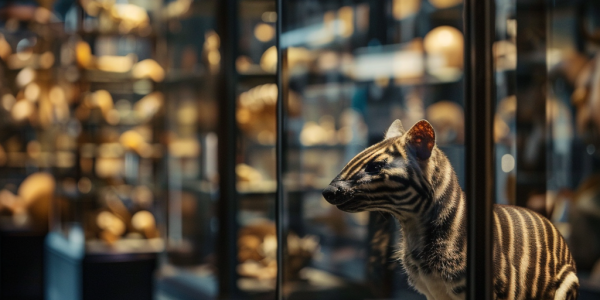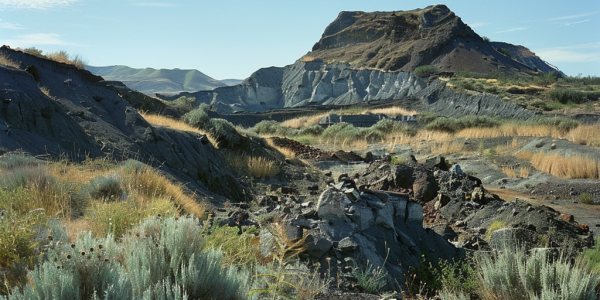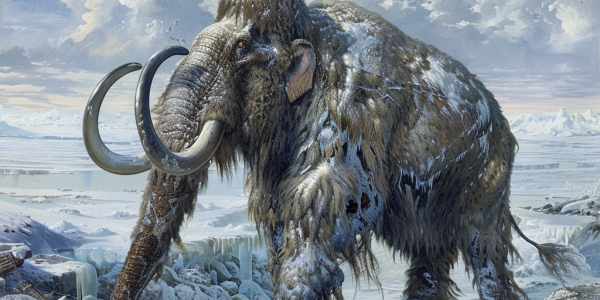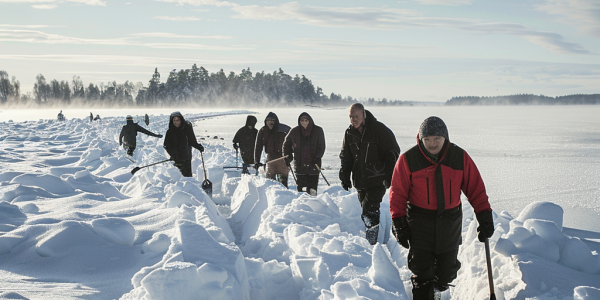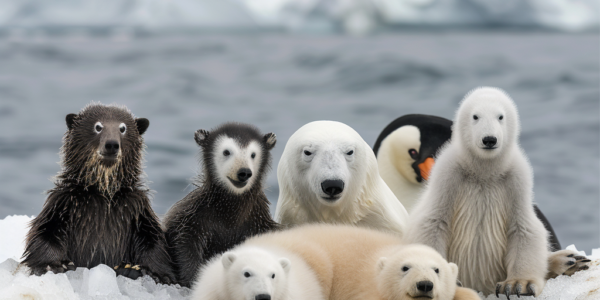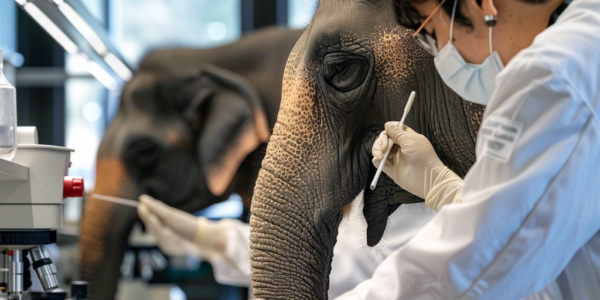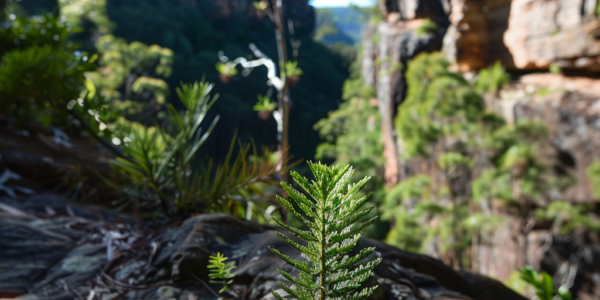Discovery of Thylacine Head Sparks Hope for De-Extinction Efforts
Researchers have discovered a well-preserved thylacine head in a Melbourne museum, igniting hopes for the resurrection of the extinct Tasmanian tiger. This significant find provides crucial genetic material for reconstructing the thylacine genome, spearheaded by Colossal, a biotechnology company dedicated to de-extinction. As scientists navigate the ethical implications of reviving this iconic marsupial, the project highlights the intersection of technology, conservation, and biodiversity.
New Research Reframes the Dodo: A Complex Bird Misunderstood
Recent research challenges the long-held perception of the dodo as a clumsy, inept bird. New findings reveal that this flightless bird, once native to Mauritius, was agile and well-adapted, thriving for millions of years before its extinction. This study underscores the importance of understanding the dodo’s true nature and highlights the consequences of human intervention in ecosystems, serving as a cautionary tale for modern conservation efforts.
Unlocking Rare Earth Elements from Extinct Volcanoes for Sustainable Energy
Recent research reveals that extinct volcanoes may contain vast deposits of rare earth elements crucial for sustainable energy technologies like electric vehicles and wind turbines. This groundbreaking study highlights the potential for utilizing ancient volcanic formations to meet the rising demand for these materials, reducing reliance on traditional sources and enhancing global supply chain resilience.
New Insights into Moa Extinctions and the Importance of Habitat Preservation
Recent research published in Nature Ecology & Evolution reveals the ecological dynamics behind the extinction of moa, large flightless birds from New Zealand. The study explores the interactions between climate change and human activities, highlighting the importance of habitat preservation for current biodiversity. Understanding these extinction patterns is crucial for informing conservation strategies aimed at protecting New Zealand’s unique wildlife.
New Evidence Supports Younger Dryas Impact Hypothesis
Discover the controversial Younger Dryas impact hypothesis and how it may have led to the extinction of wooly mammoths. Archaeologist Christopher Moore and his colleagues believe they have found evidence of a cometary impact around 12,800 years ago, based on minerals with unique properties found in sediment layers across the globe.
Study Predicts Earth’s Future to be Uninhabitable for Mammals in 250 Million Years
A recent study published in Nature Geoscience predicts the eventual demise of mammalian life on Earth in 250 million years. Earth’s tectonic plates are projected to merge, releasing high levels of CO2 and raising temperatures to 40-50 degrees Celsius, making it impossible for terrestrial life to survive. This underscores the fragility of our planet’s ecosystem and the challenges future generations may face.
Volunteers Build Artificial Snowdrifts to Protect Endangered Seal Pups
Discover how volunteers in Finland are protecting endangered Saimaa ringed seals from the impacts of climate change by building artificial snowdrifts along Lake Saimaa. Led by hydrobiologist Jari Ilmonen, these dedicated individuals are creating essential shelters for seal pups in a changing environment. Learn how these innovative conservation efforts have helped the seal population rebound and provide hope for the future of this fragile ecosystem.
Oxford study reveals vulnerability of animal species to climate change
University of Oxford study reveals the vulnerability of certain animal species to extinction due to climate change. Species with limited thermal ranges, particularly those in polar or tropical regions, are at highest risk. Urgent need for proactive conservation efforts highlighted to safeguard vulnerable species from escalating threat of climate change.
Scientists Make Breakthrough in Creating Stem Cells for Woolly Mammoth Resurrection Project
Colossal Biosciences has achieved a major milestone in the effort to resurrect extinct species by creating induced pluripotent stem cells for the Asian elephant, the closest living relative of the woolly mammoth. This breakthrough paves the way for advanced cloning and genetic engineering techniques to bring back extinct species. While the project has raised ethical concerns, it represents a significant step towards the ambitious goal of reintroducing mammoths and other extinct animals to the wild.
Scientists work to save ‘living fossil’ Wollemi pines from extinction
Learn about the monumental effort to save the ancient Wollemi pines from extinction, as scientists and conservationists work to reintroduce seedlings to protected areas in Australia’s Blue Mountains. Despite facing threats from pathogenic water mold and wildfires, the team has made significant progress in their conservation efforts, capturing the attention of scientists and conservationists worldwide.

